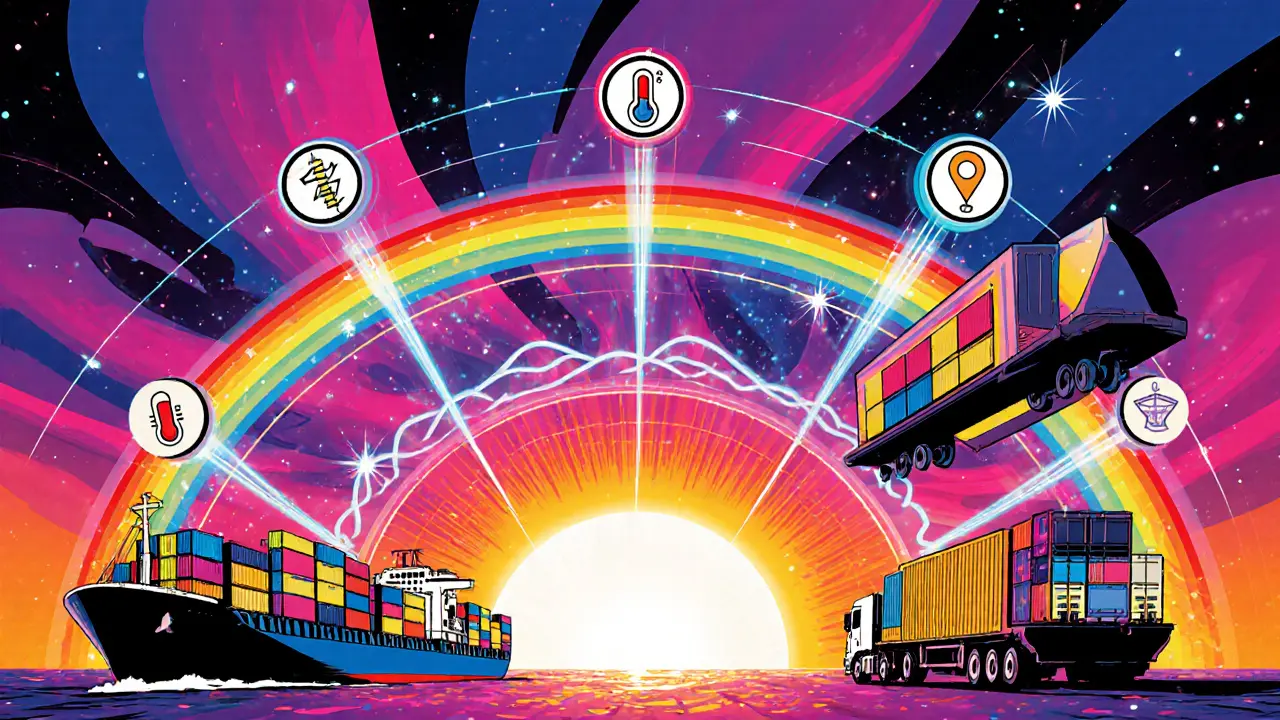Smart Contracts: What They Are and Why They Matter
When working with Smart Contracts, self‑executing code that runs on a blockchain when preset conditions are met. Also known as blockchain contracts, they automate transactions without a middleman. In plain terms, a smart contract is a piece of code stored on a public ledger that triggers actions automatically – think of a vending machine that releases a snack once you insert the right coin. Because the code lives on a decentralized network, nobody can tamper with it after deployment, which makes trust cheaper and faster.
One of the main ways smart contracts become useful is through dApps, decentralized applications built on top of smart contracts. dApps take the contract’s logic and wrap it in a user‑friendly interface, letting anyone interact without a central server. From crypto games to lending platforms, the dApp layer translates raw contract calls into clickable buttons, making blockchain technology accessible to everyday users.
Key Components of the Smart Contract Ecosystem
Every contract execution costs gas fees, the small payments required to process transactions on a blockchain. Gas ensures that network resources aren’t abused; you pay more when the contract does complex work or when the network is busy. Understanding how to time and optimize gas can save you a lot of money, especially if you’re regularly interacting with DeFi protocols.
Speaking of DeFi, DeFi, decentralized finance services that run entirely on smart contracts. is a massive use‑case for contracts. Yield farms, automated market makers, and flash loans all rely on code that moves funds automatically based on market conditions. The beauty is that nobody needs to approve each trade – the contract does it instantly once the rules are satisfied.
Tokenomics is another crucial piece. Smart contracts define how a token behaves: supply caps, minting schedules, and reward distributions. When a new token launches, its entire economic model lives inside a contract, making the rules transparent and immutable. This is why investors check the contract code before buying – it tells you if there are hidden mint functions or if the token can be burned.
Security can’t be ignored. A bug in a contract can lock funds forever or enable draining attacks. That’s why audits, formal verification, and community reviews matter. If a contract passes a reputable audit, you get a higher confidence level that the code does what it promises and no hidden backdoors exist.
For developers, writing a smart contract means picking the right language (Solidity, Vyper, Rust) and platform (Ethereum, Binance Smart Chain, Solana). Each platform has its own gas model and tooling, so the choice influences cost, speed, and scalability. Learning the nuances of each ecosystem is a path to building efficient, secure contracts.
In practice, you’ll see smart contracts everywhere in our article collection below – from airdrop claim guides that rely on contract calls, to deep dives on flash loan mechanics, to vesting schedules that lock tokens until a cliff date. By the time you scroll down, you’ll have a toolbox of real‑world examples that show how contracts power everything from simple token swaps to complex financial products.
Top Supply Chain Blockchain Use Cases: Real-World Examples & Benefits
Explore real-world supply chain blockchain use cases, from traceability and cold‑chain monitoring to automotive parts provenance, and learn the benefits, costs, and steps to implement.
